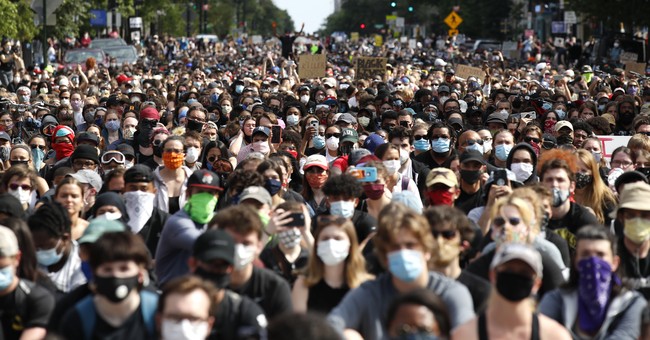
Ever since states started lifting their stay-at-home orders and the economy started “reopening,” there has been rampant speculation as to whether we would see a corresponding uptick in COVID-19 cases. Experts have predicted it, the media has concern-trolled over it, sometimes breathlessly. (See coverage of Memorial Day pool party in the Ozarks, here and here — by the way, there’s been one additional case reported tied to that event. So, two total, including one person presumed to have already been infected at the time.)
After about two weeks of overwhelming coverage on George Floyd’s death and the resultant unrest, during which time, even the health experts gave concerns about COVID-19 transmission in large crowds a pass, the media pivoted this past week back to coronavirus. (This, of course, was before the Rayshard Brooks shooting in Atlanta. Expect concerns about virus transmission in large crowds to be largely absent over the next few days, though surely to re-emerge long about June 20th, when President Trump holds his first post-pandemic campaign rally.)
This past Thursday, after the market saw a booming first half of the week, we saw an 1,800-point plunge, reportedly in response to concerns about a resurgence of COVID-19. (See, for instance, CNN’s Wall Street’s Party Is Over; Coronavirus Fears Are Back.) There were stories about a noted increase of cases and hospitalizations in multiple states:
Covid-19 hospitalizations since Memorial Day have gone up in at least a dozen US states: Alaska, Arkansas, Arizona, California, Kentucky, Mississippi, Montana, North Carolina, Oregon, South Carolina, Texas and Utah.
…
The United States isn’t the only place to see infections surge. The number of cases in Mumbai, India has surpassed 50,000, more than what was reported in the first epicenter of Wuhan, China.
And many wondered, understandably, whether the multitude of protests in the wake of George Floyd’s killing, with thousands marching and gathering in close proximity, would translate into a noticeable spike. (Again, CNN leading the charge there.)
So, have they? Reports on this are inconclusive thus far. My own view on it was that logic would dictate we might see an uptick, but nothing would make me happier than to be wrong on that — not only because I don’t wish anyone to become ill, but also because that would mean that either a) the virus is not nearly so contagious as we initially thought and, therefore, draconian measures need not be implemented or continued in terms of quarantining and shutting down business/the economy (setting aside, for the moment, regret for the damage already done); or b) the virus is losing some of its punch.
Since I’ve been the nerd over here crunching the numbers since late March, I thought I’d do a quick update/review as to the current data. The short story? No. We’ve not seen a serious uptick in U.S. cases (or deaths). Between June 1st and today (June 14th), total U.S. cases (per Johns Hopkins University) have increased from 1,790,191 to 2,074,526, with an average increase in new cases of 1.2% per day. (For frame of reference, as of April 1, we were averaging a 14-15% increase in new cases each day; as of May 1, we were averaging a 3-4% increase in new cases each day.)
If we’re experiencing a spike, that average should be higher over the past week, right? Between June 7 and June 14, total cases have increased from 1,920,061 to 2,074,526, with an average increase in new cases of 1.1% per day. (I do have to add a caveat — over the past two days, we’ve averaged a 1.25% increase per day. But two days does not a trend make — and recall, those news stories announcing a resurgence in cases came out earlier in the week and reportedly resulted in the market panic.) Now, is it possible that over the next week, we’ll see that average daily increase climb back up? Yes. It’s possible. But I remain skeptical (and hopeful).
Moreover, as regular readers know, I’ve been tracking Missouri’s COVID-19 numbers closely, as well. And, as we’ve reported here at RedState, there have been numerous protests and marches in Missouri (in St. Louis, Kansas City, and even in smaller communities). If we’re experiencing a spike in cases, that should be reflected in Missouri’s numbers, too, right? The average increase in new cases in Missouri between June 1st and June 14th has been 1.5%. Between June 7th and June 14th? 1.4%. Nor has there been an uptick in the hospitalization rate in Missouri in that time period.
Spike? Or spin? I must say, I’m beginning to think some of the information we’re being fed derives from a political agenda. /sarc
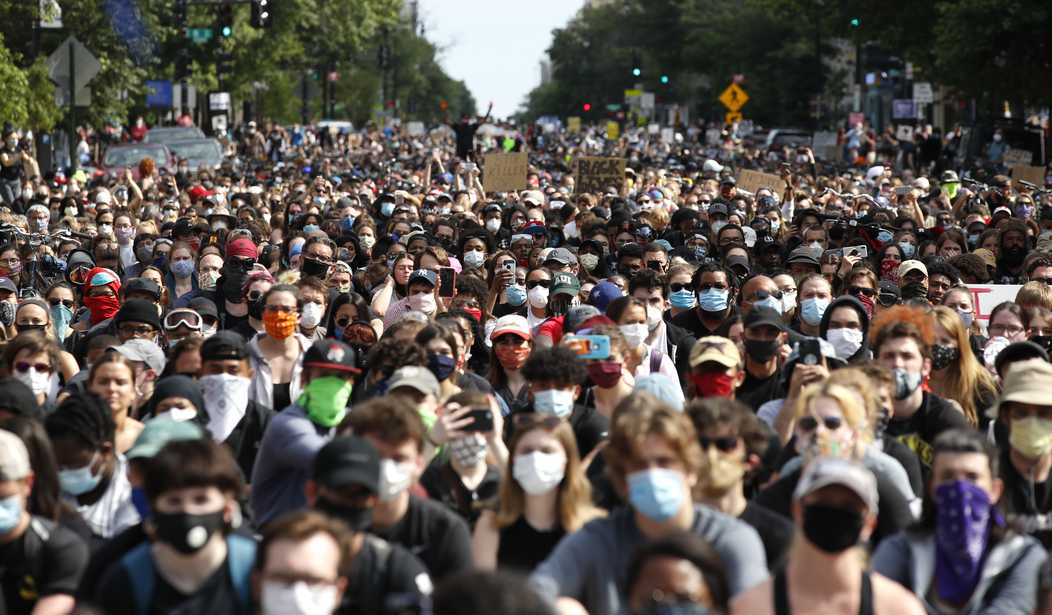
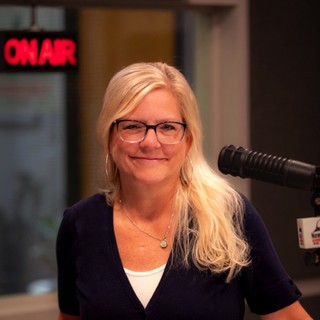
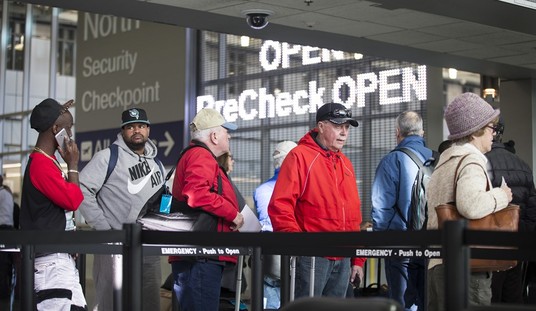


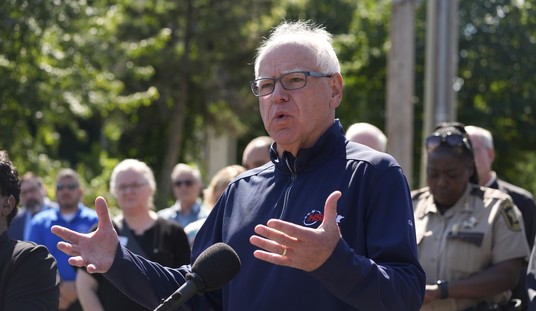


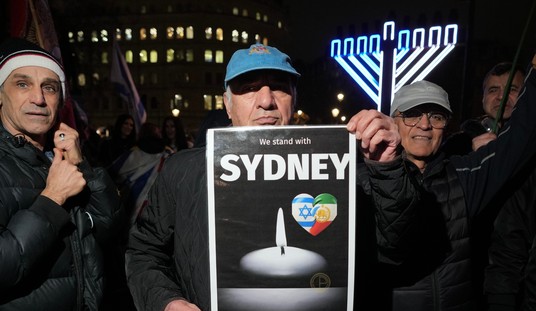



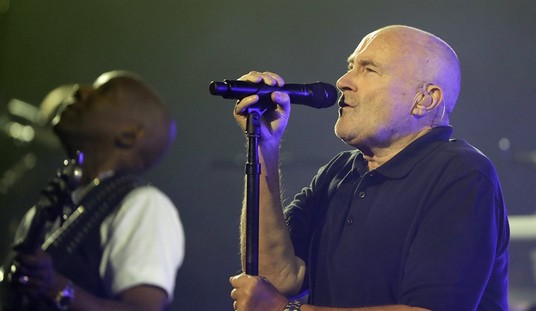

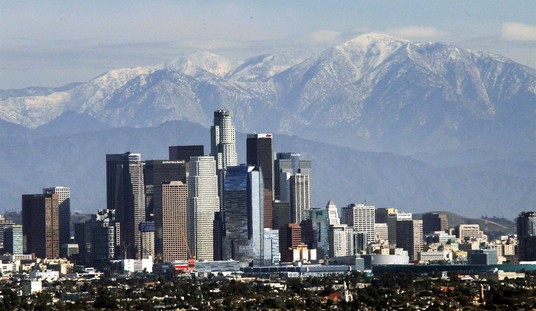
Join the conversation as a VIP Member